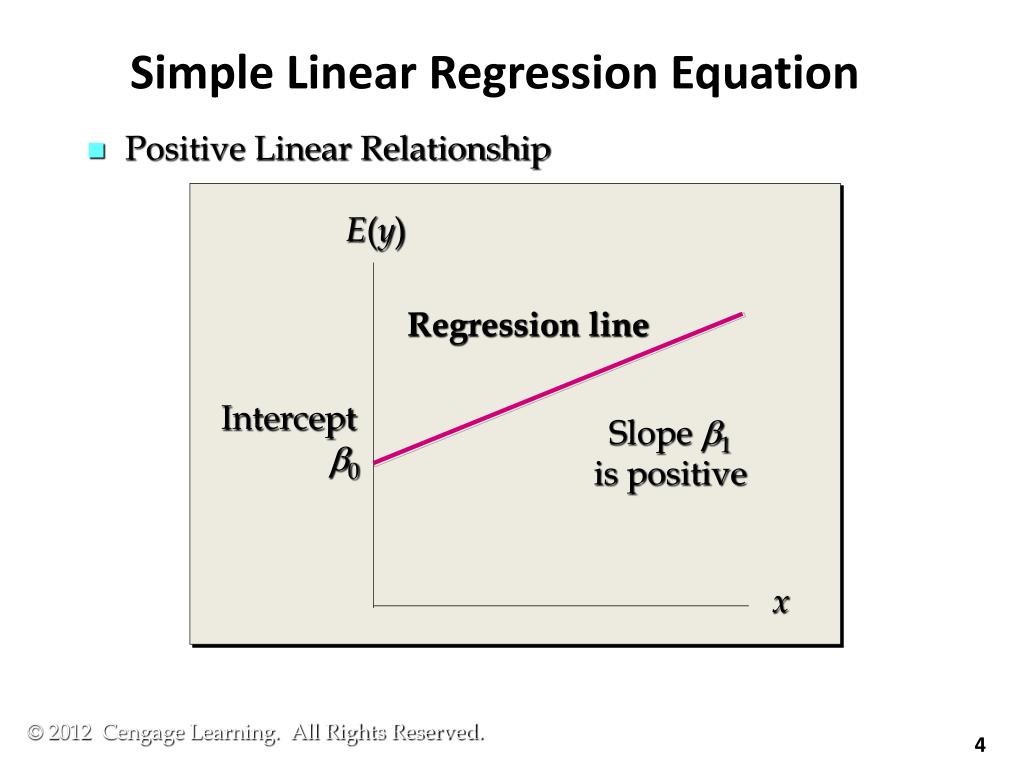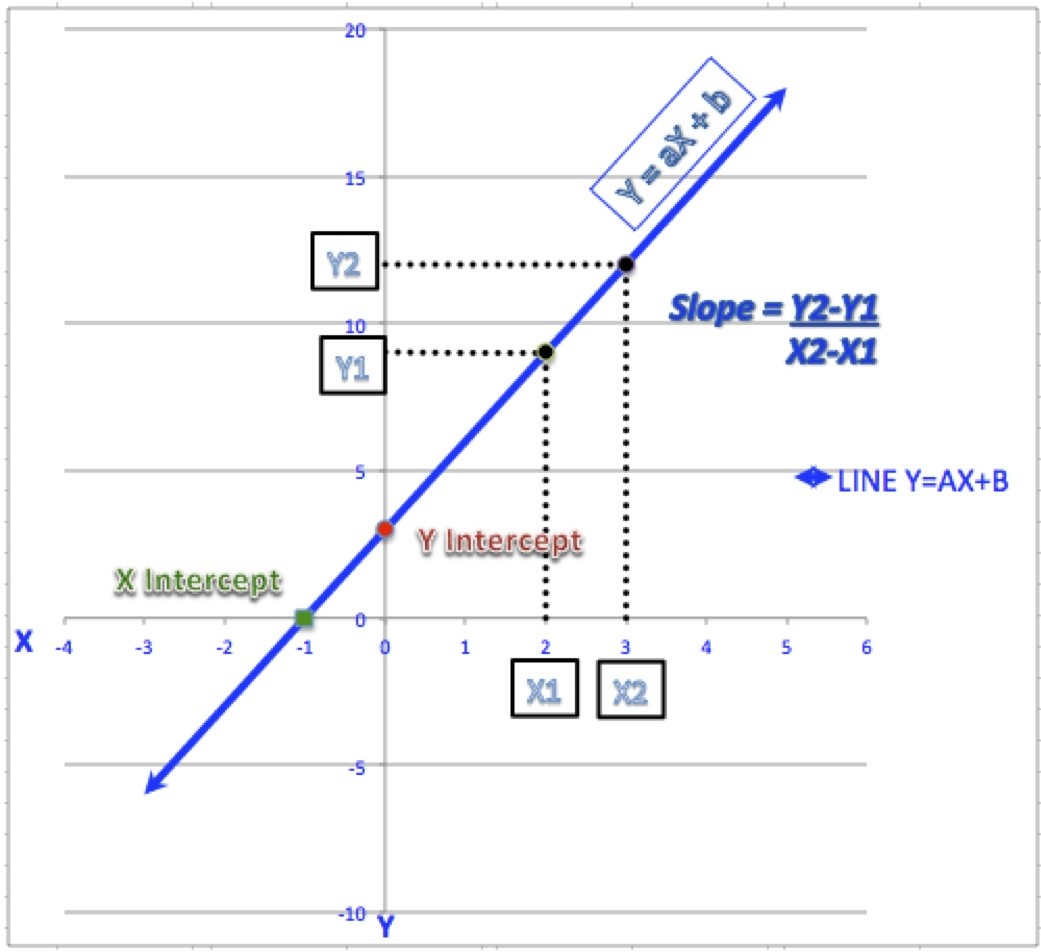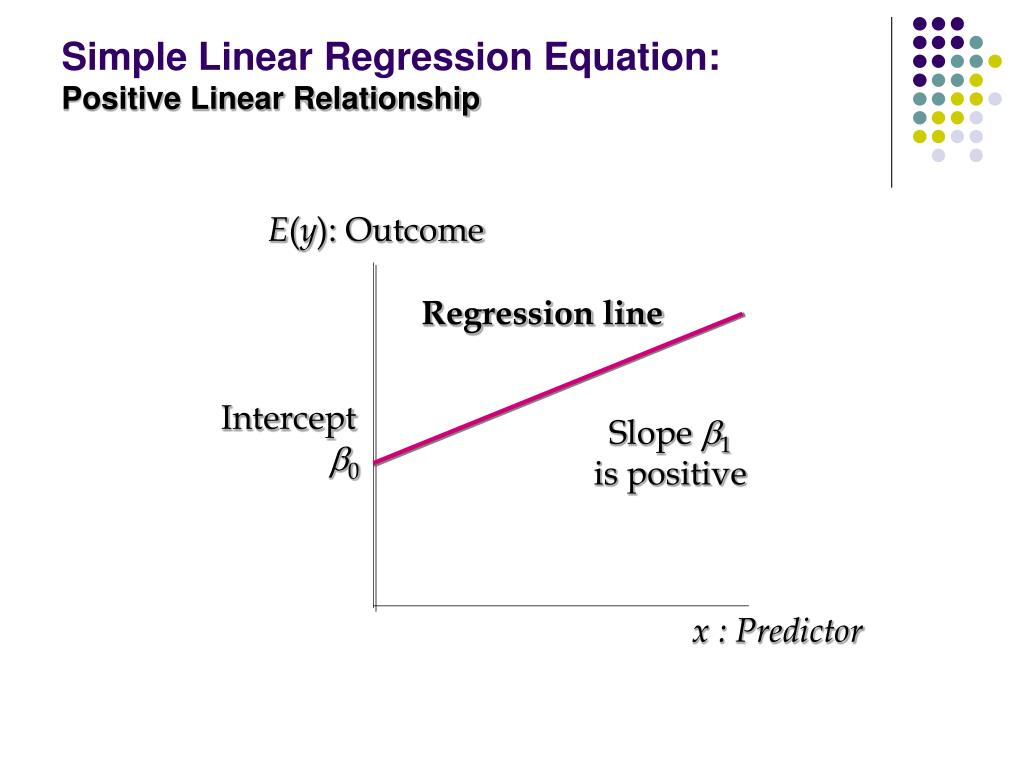


The sign of the correlation coefficient indicates the direction of the association. The correlation between two variables can be positive (i.e., higher levels of one variable are associated with higher levels of the other) or negative (i.e., higher levels of one variable are associated with lower levels of the other). Ranges between -1 and +1 and quantifies the direction and strength of the linear association between the two variables. The sample correlation coefficient, denoted r, In correlation analysis, we estimate a sample correlation coefficient, more specifically the Pearson Product Moment correlation coefficient. Compute and interpret coefficients in a linear regression analysis.Compute and interpret a correlation coefficient.Define and provide examples of dependent and independent variables in a study of a public health problem.Learning ObjectivesĪfter completing this module, the student will be able to: The terms "independent" and "dependent" variable are less subject to these interpretations as they do not strongly imply cause and effect. Also, the term "explanatory variable" might give an impression of a causal effect in a situation in which inferences should be limited to identifying associations.

[ NOTE: The term "predictor" can be misleading if it is interpreted as the ability to predict even beyond the limits of the data. In regression analysis, the dependent variable is denoted "Y" and the independent variables are denoted by "X". The outcome variable is also called the response or dependent variable, and the risk factors and confounders are called the predictors, or explanatory or independent variables. Regression analysis is a related technique to assess the relationship between an outcome variable and one or more risk factors or confounding variables (confounding is discussed later). For example, we might want to quantify the association between body mass index and systolic blood pressure, or between hours of exercise per week and percent body fat. In this section we discuss correlation analysis which is a technique used to quantify the associations between two continuous variables.

Boston University School of Public Health


 0 kommentar(er)
0 kommentar(er)
